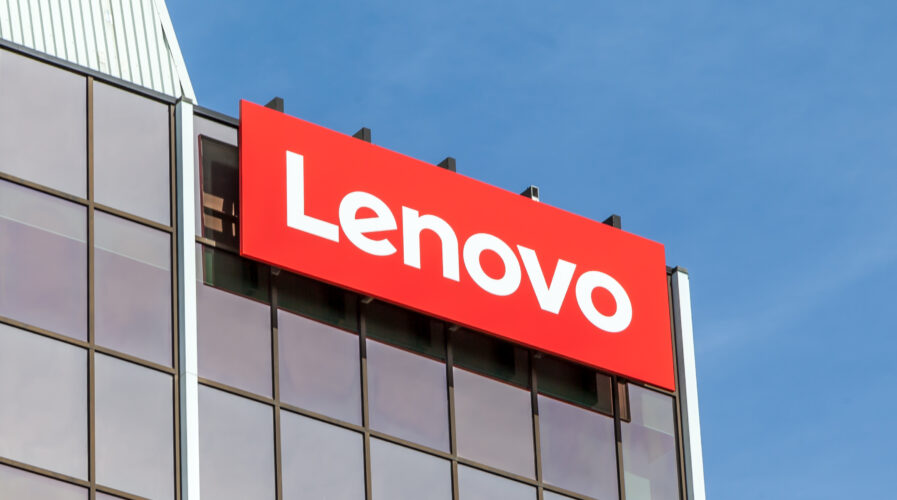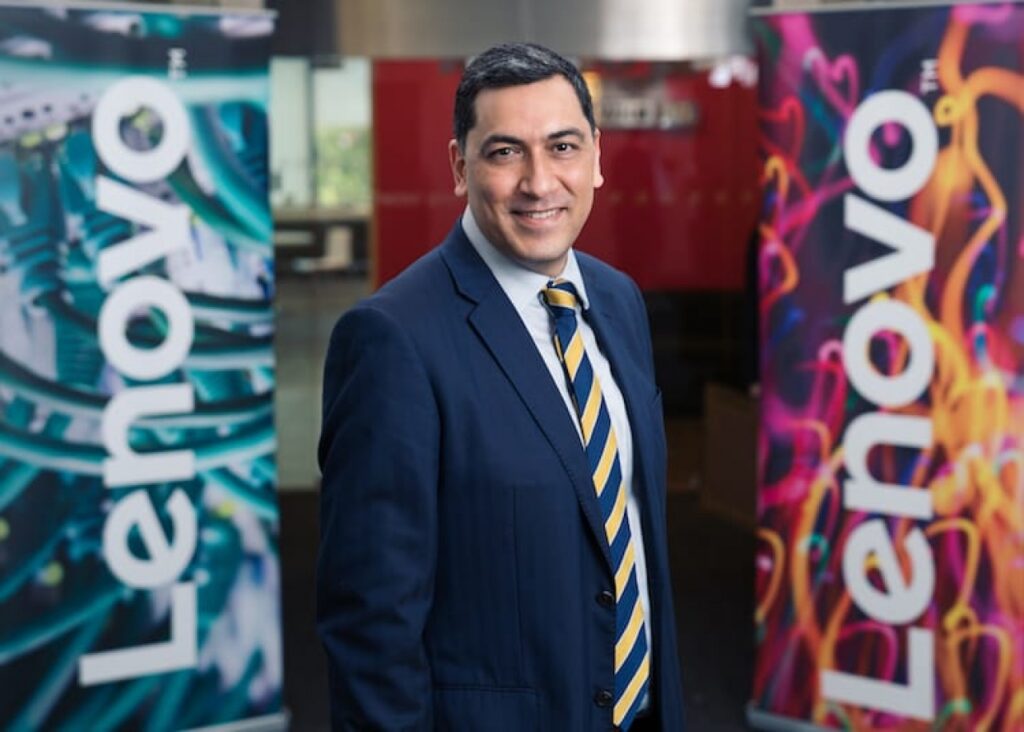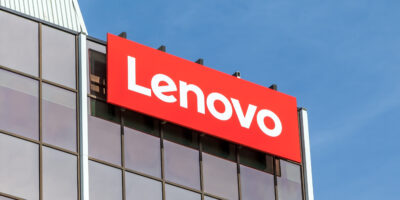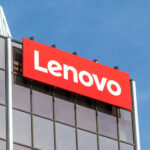
(Source – Shutterstock)
Businesses need to focus on new IT to innovate for the future
New IT is not just about investing heavily in tech. As 2022 comes to an end, most organizations would already have finalized their budget and spending for 2023. Apart from expanding the business, a large chunk of spending and investment would normally be allocated to upgrading their tech infrastructure.
This includes investment in cloud services, cybersecurity as well as ensuring ESG capabilities are met. For many organizations, when it comes to upgrading their system, the biggest problem most of them would have is deciding which area to focus on more. While many would normally focus on improving their productivity, the reality is, businesses need to ensure they have infrastructure solutions that can scale up as they grow.
Wanting to avoid dealing with multiple vendors and having a unified ecosystem when it comes to tech, organizations would prefer to invest in tech that is not only seamless but does not have complexities.
This is where Lenovo comes in. According to Sumir Bhatia, President in Asia Pacific for Lenovo Infrastructure Group, their vision is to be the most trusted partner in empowering businesses’ intelligent transformation and helping solve humanity’s greatest challenges.
“If you look at the business that Lenovo has, it truly focuses on the new IT, innovation, the ability for customers and our partners, to ensure that the new IT is being used and leveraged to execute their business needs. We’ve got a three-year strategy and the three key groups,” said Bhatia.
The three key groups are:
- The intelligent devices group (IDG) – Focuses on the end-to-end smart IoT. It is about smart devices, but also putting a lot of intelligence and AI into it.
- The infrastructure solutions groups (ISG) – a smart infrastructure group that is setting a world-class infrastructure solution.
- Solutions and services group (SSG) – the connective tissue between all of Lenovo’s innovative, end-to-end technology offerings. SSG spearheads how the Group collaborates with customers to help their businesses be the best they can be. Lenovo’s Solutions and Services Group is built to ensure that smarter enterprise technology solutions and services are accessible and actionable for all organizations, big and small, globally, as Bhatia puts it, a pocket to the cloud and to the edge.

Sumir Bhatia – President, AP, Lenovo ISG
“There is no company in the world today that can give you a smart device, a smartphone, an edge device, endpoints infrastructure, cloud infrastructure, from an organization and wrap services around it, and taking all these solutions into a smart vertical and putting the services around it. We believe this is our three-year strategy – smart IoT smart infrastructure, smart vertical, and services,” added Bhatia.
In fact, Bhatia pointed out that Lenovo ISG achieved an all-time record revenue of US$2.6 billion. They also achieved record revenues in CSP, servers, storage, and edge computing.
However, with economic uncertainties being a concern, this may affect how businesses invest in technology in 2023. As such, Bhatia believes that organizations are looking at a different model that reaches customers but also accounts for how they, and employees, consume their solutions.
“If you look at times of uncertainty, and there’s obviously uncertainty black swans in the market, the one thing that brings a level of certainty is investments in infrastructure, investments in IT solutions and the new IT. Organizations are now looking at a different model. And for this, with the infrastructure that they currently have, they need to adopt a new idea. And, and this is very important because if I throw TruScale into that, this gives them an opportunity to be able to implement and execute that solution without the actual planning on a CapEx basis, where they can leverage optics to go and execute,” explained Bhatia.
Bhatia also stated that for companies to be innovative, they have to think differently and reach their customers differently. To achieve this in times of uncertainty, Bhatia believes they need to have a cutting edge on new IT.
“This is about being able to have a consumption-based model, control of this system, easy to deploy, with a very predictable cost of how they do this and have a hybrid environment,” concluded Bhatia.
READ MORE
- Ethical AI: The renewed importance of safeguarding data and customer privacy in Generative AI applications
- How Japan balances AI-driven opportunities with cybersecurity needs
- Deploying SASE: Benchmarking your approach
- Insurance everywhere all at once: the digital transformation of the APAC insurance industry
- Google parent Alphabet eyes HubSpot: A potential acquisition shaping the future of CRM


